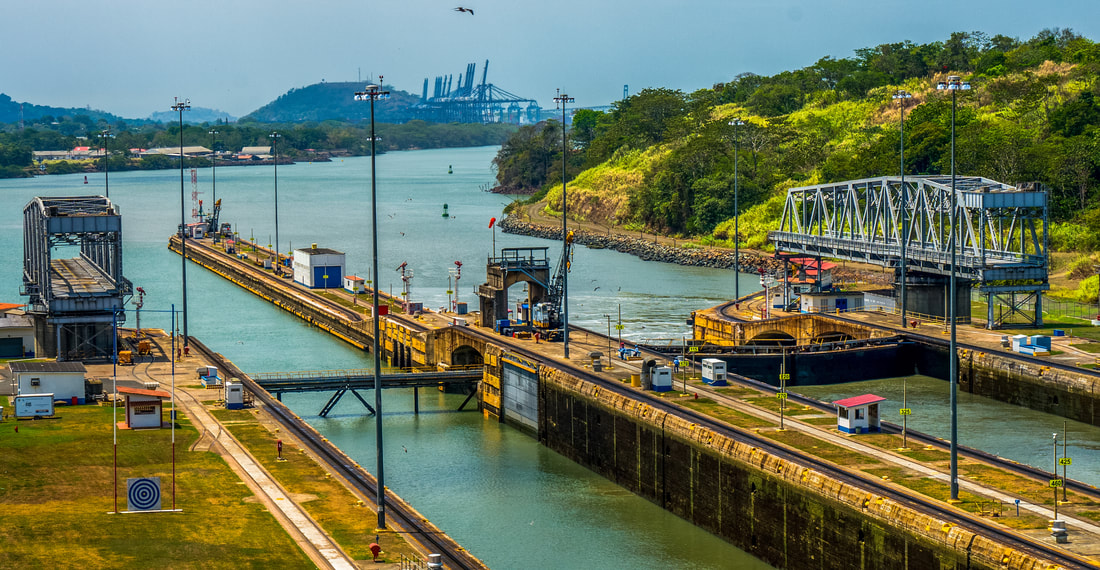|
The 13th Ministerial Conference (MC13) of the World Trade Organization (WTO), held in Abu Dhabi in February, brought together 166 trade ministers’ delegations to address pressing issues in global trade. Outcomes offer insights into the evolving landscape of cross-border trade challenges and opportunities for enhanced international cooperation. Milestones Achieved: Amid ongoing challenges on the role and relevance of the WTO, MC13 demonstrated the importance and potential for furthering multilateral cooperation in trade governance and trade facilitation.
Challenges: Roadblocks to progress remain. The inability to address fisheries and agricultural issues reflects the ongoing complexities of balancing national interests and collective goals within the WTO framework.
Outlook for the Future: Navigating Challenges Ahead Looking ahead to future engagement, it is important to highlight that despite former President Donald Trump's criticism of the organization and the proposed WTO withdrawal legislation introduced by Members of the U.S. Congress, there are 31 governments still in the queue requesting to join the global trade community [viii]. Despite skepticism that soared in recent years and the ongoing challenges of WTO, governments around the world continue to perceive the organization to be valuable to join. Lingering issues including fisheries subsidies and agriculture require renewed and ongoing efforts and cooperation to reach meaningful agreements as preparations begin for the next WTO ministerial in 2026. Lack of progress in these areas translates into uncertainty and potential market distortions. Consequently, businesses may encounter barriers to market access, encounter difficulties in complying with inconsistent regulations, or face increased competition due to unfair subsidies. Entrenched positions reflect broader tensions within the WTO, where diverging national interests often impede consensus-building and hinder the organization's effectiveness. Influential members, such as the United States and India, have employed blocking tactics and have obstructed other broader discussions in the WTO [ix]. As the global community grapples with the complexities of trade governance and facilitation, addressing obstacles and roadblocks requires sustained efforts to bridge ideological divides and foster constructive dialogue among WTO members. [i] Ministers approve WTO membership of Comoros and Timor-Leste at MC13 World Trade Organization (26 February 2024) [ii] Dispute Settlement Reform Ministerial Decision World Trade Organization (2 March 2024) [iii] New disciplines on good regulatory practice for services trade enter into force World Trade Organization (27 February 2024) [iv] Three-quarters of members mark finalization of IFD Agreement, request incorporation into WTO World Trade Organization (25 February 2024) [v] Agreement on Fisheries Subsidies World Trade Organization [vi] Fisheries deal at WTO insufficient for Pacific islands, Fiji says Reuters (29 February 2024) [vii] G-33 Ministerial Statement on Agriculture Trade Negotiations at the 13th WTO Ministerial Conference World Trade Organization (25 February 2024) [viii] Joint Resolution of Withdrawing approval of the Agreement Establishing the World Trade Organization Josh Hawley U.S. Senator for Missouri; Members and Accessions World Trade Organization [ix] No deals on fish, agriculture at MC13; e-commerce moratorium extended Inside U.S. Trade (1 March 2024); WTO MC13: India to oppose any negotiation mandate on non-trade issues Business Standard (7 February 2024) Written by Amanda (Hsinyi) Lin The Panama Canal is internationally recognized as one of the world’s busiest and most crucial shipping routes. Completed in the early 20th century, the 80-kilometer waterway revolutionized global trade by providing a shorter and safer alternative to navigating around the southern tip of South America, saving shipping companies time and money [1]. The Panama Canal connects the Atlantic and Pacific Oceans and via the manmade Gatun Lake. At approximately 85 feet above sea level, Gatun Lake forms a major part of the Canal, carrying ships nearly halfway across the Isthmus of Panama [2]. For each ship, 200 million liters of freshwater is used to move it through the locks before being dumped into the sea [3].
ICYMI: More than 45 export markets require or are considering requirements related to packaging and packaging waste. U.S. exporters of food and beverages need to be aware of what’s coming down the pike and prepare to comply with new and often differing packaging and packaging waste requirements.
|
|







